Millions of people suffer from headaches worldwide.
From a dull, nagging ache to a sharp throbbing pain that can disrupt your day or your life, headaches are a common condition. There are several types of headaches, but three are the most common. The first of these three are tension headaches, which are the most common kind. The second type of headache is a cluster headache, which is painful and happens in groups or “clusters.” The third type of headache is a migraine headache, which is usually moderate-to-severe.
For treating headaches, there are several prescriptions or over-the-counter options. Many people often take aspirin, acetaminophen, ibuprofen, or naproxen. If your headaches are severe and disrupt your life, your doctor can prescribe a stronger medication. Everyone should be aware, however, that there are several natural options to relieve headache pain.
Drink Water
Dehydration can lead to some pretty intense headaches. Several studies have concluded that people who are constantly dehydrated, suffer from more tension, and migraine headaches. Within 30 minutes to three hours after drinking a glass of water, most people see relief from their headache.
While drinking a glass or two of water can help provide immediate relief from a headache, eating a diet packed with water-rich foods and making sure that you stay hydrated throughout the day can help to keep them away.
Grab an Ice Pack
You can use an ice pack or just use a towel or washcloth soaked in cold water. Once you have it, lay it over your forehead and lie down. Even taking out a few ice cubes and rubbing them against your forehead or temples can provide relief.
One reason that ice or a cold compress may work is that it dulls the pain. Another reason is that it forces your brain to focus on the cold sensation rather than the pain. Either way, keeping an ice pack in the freezer for when you need relief could be a way to go.
Get Some Regular Exercise
While it may be a bad idea or even impossible to get moving while the headache is happening, regular exercise can help to reduce the number of headaches you get. However, remember exercising while you have a headache increases blood flow, which can make the pounding worse.
Studies have found that people who suffer from migraines experienced a decrease in the number and severity of migraines once they began an exercise regimen. In addition, if your headache is just a dull throb, exercising releases endorphins which can help to crush it.
Limit Alcohol Consumption
We all know that most hangovers come with a monster headache. For many people, however, alcohol can trigger cluster headaches and migraines even without drinking an excessive amount. Some people have found that as little as a glass of wine or one shot of a spirit is enough to trigger a headache. Alcohol is also a diuretic, which can contribute to dehydration.
For those people who find that even a small amount of alcohol causes a headache, it is important to note that it might be one of your headache triggers. When this is the case, you might want to exclude alcohol completely from your diet when possible.
Try Aromatherapy
Essential oils have been used for millennia to relieve everything from headaches to stress. There are several ways that they can be utilized, from adding a few drops of essential oil to a diffuser or vaporizer, adding it to a bath, or applying it directly to your skin. There are a couple of essential oils that can help:
- Peppermint oil has a refreshing scent which can help combat headaches by opening up blood vessels. Add a little water to a few drops of peppermint oil and massage the back of your neck. You can also apply crushed peppermint leaves to your forehead. Peppermint tea may also help to combat a headache. It is available in stores, but you can make your own by adding 1 teaspoon of dried peppermint leaves to a cup of boiling water. Cover the water and let it steep for about ten minutes. After doing this, strain it and put it in a cup. You can add honey to sweeten it if you desire.
- Lavender oil is great for relaxation and for helping to combat headaches. You can put a few drops of lavender oil on a tissue or a handkerchief and inhale the aroma. Another option is to place a few drops on your upper lip just under your nose and inhale. Adding it to a hot bath can also help relieve headaches as you inhale the steam. However, avoid taking lavender oil orally. If you want to make a lavender tea, use crushed lavender in the same manner you would use the peppermint.
Give CBD a Try
Cannabidiol, also known as CBD, is the second most prevalent compound found in the cannabis plant. It is non-psychoactive, so you won’t get high, but it might just help with a headache. This is because CBD helps to reduce inflammation. There’s also science to back it up. A 2016 study showed that cannabis consumption can lead to a reduction in migraines, but it wasn’t specific to CBD.
CBD comes in a variety of forms. It is important to note, however, that in states where medical marijuana is legal, some high-CBD cannabis may contain THC. If you simply want relief without getting high, your best bet is a hemp-derived CBD oil. CBD oil is available in disposable cartridges and in bottles for vaporizers. It is also available in capsules, tinctures, edibles, drinkables, and in creams and salves. However, keep in mind that with many strains of high-CBD cannabis, the CBD counters the effect of the THC.
Give Yourself a Break from Screen Time
Spending long hours in front of a computer can make people more susceptible to headaches. So can spending long hours surfing the internet of things on your phone. It is important to take regular breaks every 30 minutes to look away from your screen. All you need to do is get up and stretch and make sure you look away from your screen for at least 20 seconds. Another method is to follow the 2-20-20 method. Every two hours take a 20-second break to look at something 20 feet away.
Get a Regular Sleep Schedule
With sleep, it’s a dual-edged sword of headaches. Getting too much or too little can trigger migraines and other types of headaches. When we lose out on REM sleep, our serotonin levels drop, which can trigger a headache. Low levels of melatonin are also associated with chronic headaches.
To combat this, it is necessary to stick to a routine as much as possible. Go to bed and wake up at the same time every day, even on weekends. Try to limit caffeine, television, and cell phones in the hours just before bedtime. Make sure you try to get a routine going where you can get at least 6-8 hours of shut-eye nightly.
Final Thoughts
For relieving headaches naturally, there are several options to choose from. However, one thing that might be worth the effort is to keep a journal of triggers that are specific to you. Put foods and beverages that trigger headaches on the “no” list and try to avoid them. Try to limit your stress levels, because stress is a major contributing factor to headaches. If you find yourself with a headache that you just can’t shake, sometimes the best solution is to rest in a dark, quiet room and let it take care of itself.







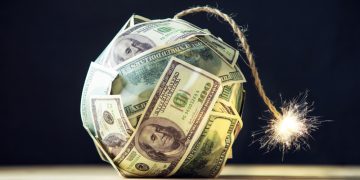
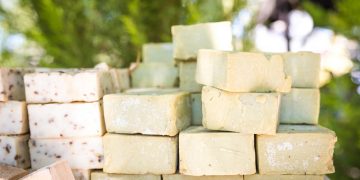















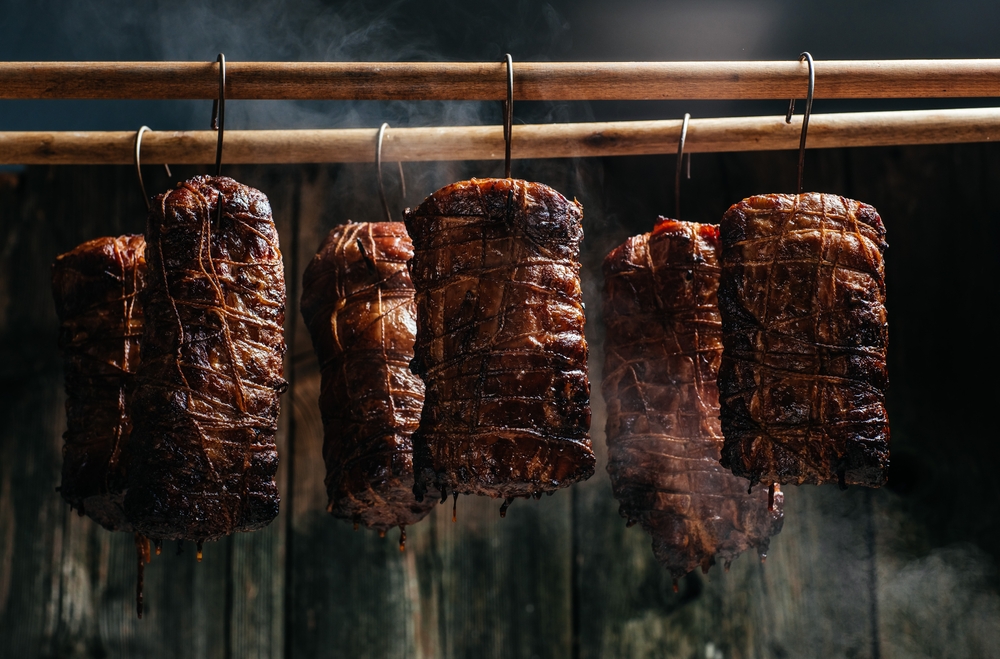
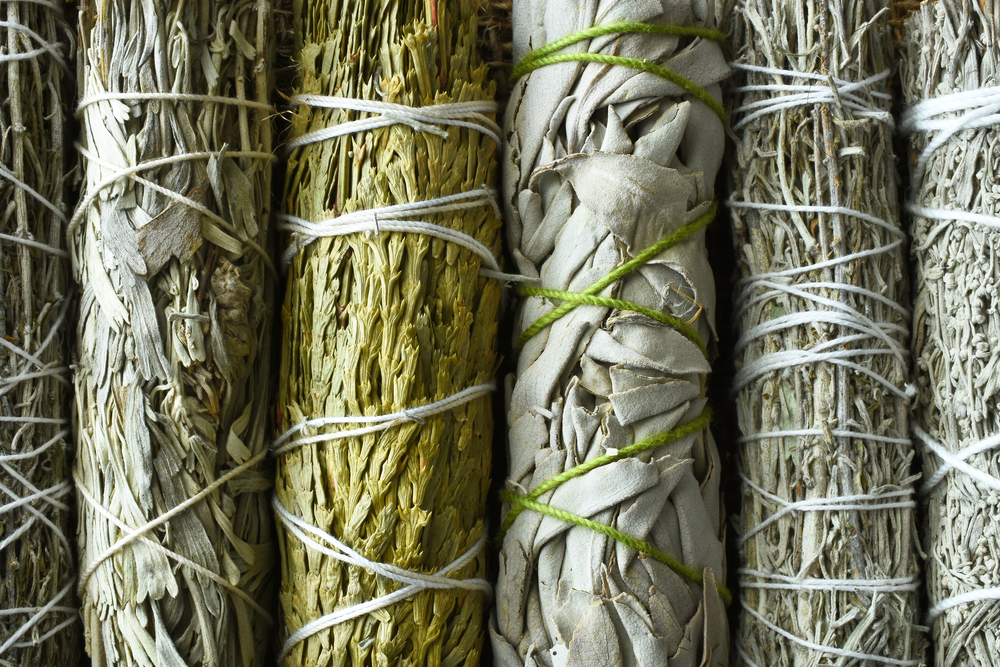


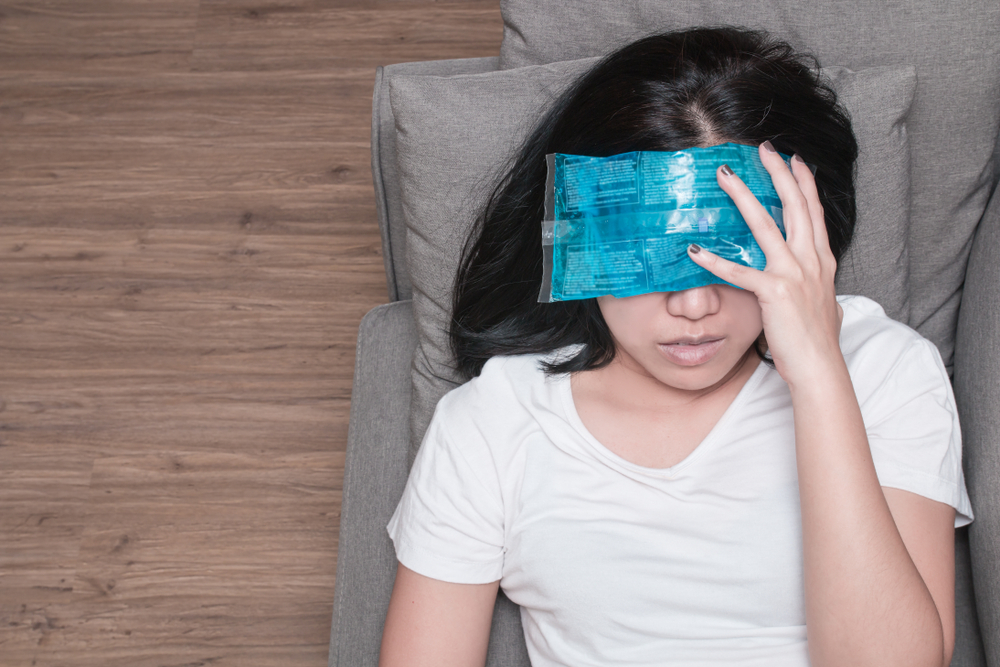

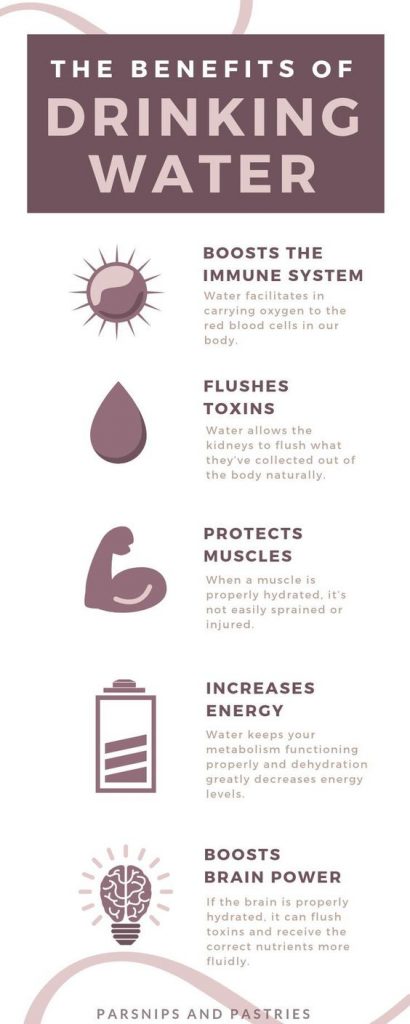
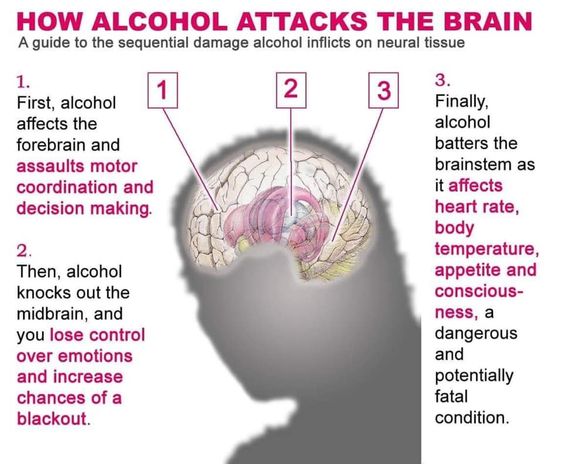
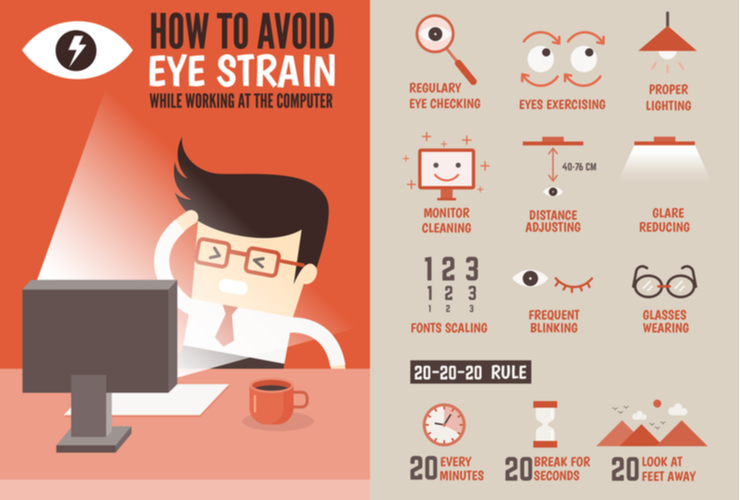




























































I find high doses of vitamin C help (1,000 mg initially, then another dose of 1,000 mg C half an hour later if the headache is still there. I use EmergenC in a glass of water.
I found when I feel a migraine coming on (seeing the lights in my eyes) or if I cannot do it before when the migraine is in progress, breath in and out of a paper bag, preferably in a darkened room, (the breathing thing similar to the treatment for hyperventilation), do this for about 15 min, Best laying down, obviously stopping to take breaths of good air between, about five slow breaths in the paper bag. I have used this on the last five migraines I have had and it works a treat.
I am, or was, prone to what we in my family called “sick headaches”. It was a low grade headache, with mild nausea, that lasted for days and aspirin didn’t stop it. I would always get nervous as the days passed with no resolution, because I KNEW what was coming. Just like clockwork, I would wake up on day 4 with the headache having gone supersonic, a true migraine.
At that point, it was emergency clinic or emergency room time since migraine medicine was prescription-only for decades. When I was in college, I had to explain what to do and write down emergency directions for my roommate, because there was no communicating after it hit full blast.
I couldn’t open my eyes, my ears had to be plugged up they were so sensitive to sounds, I couldn’t think clearly enough to speak (although I understood what was going on), I drooled due to nausea, and I was deathly pale. My roommate, on the one occasion it happened, freaked and thought I was going to die. Fortunately, we made it to the clinic, me with a scarf wrapped around my head, blind, dizzy, and unfortunately conscious.
They gave me a shot and I threw up. The migraine shots always do that if they don’t give you a shot for nausea (finegan) at the same time. Always opt for a pill under the tongue if you can communicate that.
Anyway, years later I stumbled across an over-the-counter remedy (that I use to this day) to kill the “sick headache” before it drops me in my tracks.
I take one 325 mg aspirin + 1 acetominophan (1 Xtra Strength Tylenol pill or 1 Excedrin or something similar) + 1 Coke (something fizzy to settle my stomach with CAFFEINE in it). Anyway, it works like a charm. I’m studying on how to reproduce it for myself if SHTF.
So far, I’ve run across White Willow Bark tincture (has salicin like aspirin), Rama Holy Basil Leaf (aka Tulsi) which is also good for headaches, and White Clover tea which does the same.
I have to admit that I’ve been too cowardly to let one of these headaches go the distance, long enough to test if these remedies will be effective. They are that bad.